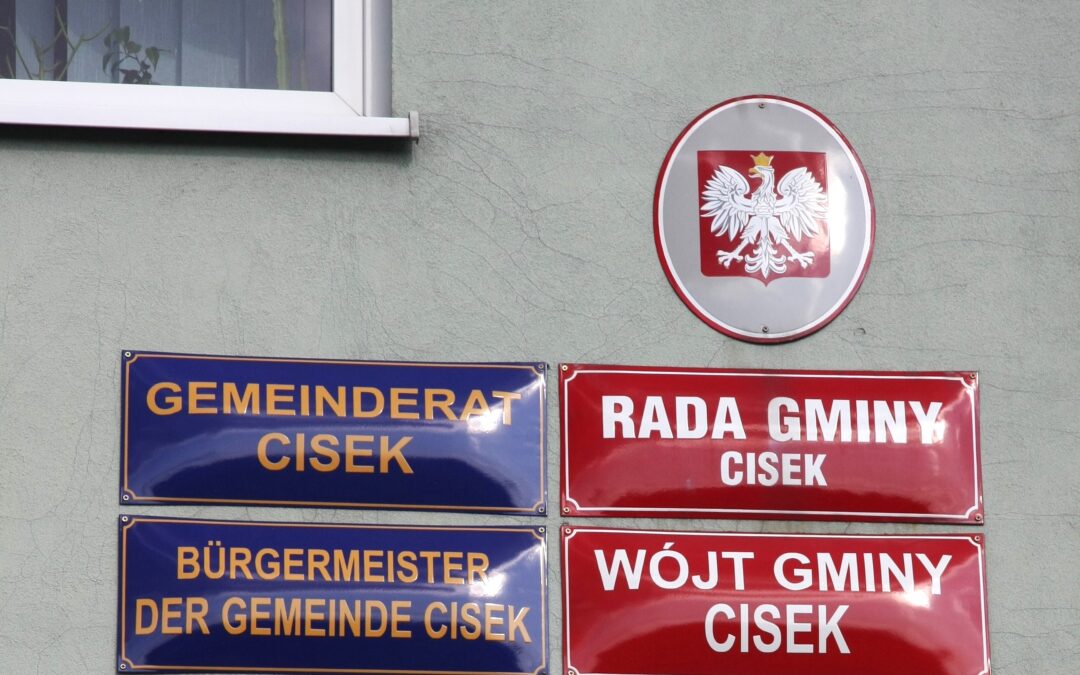The Council of Europe (CoE) has called on Poland to strengthen support for minority languages and criticised a recent two-thirds reduction in the number of hours German is taught in schools to the country’s ethnic German minority.
The recommendations came in a report on Poland’s implementation of the CoE’s European Charter for Regional or Minority Languages, which entered into force in Poland in 2009.
In Poland’s case, the charter applies to 14 languages historically present in the country: Armenian, Belarusian, Czech, German, Karaim, Kashub, Lemko, Lithuanian, Romani, Russian, Slovak, Tatar, Ukrainian and Yiddish.
The report found that, although the Polish legal order provides the framework for the use of minority languages in education, administration, media and culture, and the Polish authorities provide the funding for such initiatives, there are gaps in the implementation of the CoE’s charter.
📝4th Evaluation report on Poland 🇵🇱 of the Committee of Experts of the European Charter for Regional or Minority Languages (#ECRML) published today: More efforts needed for regional or minority language use, say experts.
➡️Check out the report: https://t.co/TCpjgoUbgZ pic.twitter.com/7WHRP4u7L6
— Council of Europe Equality, Minorities & Inclusion (@CoE_Antidiscri) August 31, 2023
The report particularly highlights the “obvious negative consequences” of Poland’s decision last year to cut funding for teaching German as a minority language and reduce the number of hours it is taught by two thirds.
At the time, the Polish government justified its decision on the grounds that it needed to “restore balance” because the teaching of Polish as a minority language in Germany is not funded at all from the federal budget.
Berlin has questioned that claim, noting that funding for education in Germany comes from the budgets of individual states, not the central government. However, Berlin subsequently adopted a federal budget that for the first time includes funding for teaching Polish.
Poland’s German minority has launched a campaign calling for the government to restore German teaching after cuts were made last year.
The education minister has responded by saying that it is Germany which is discriminating against its Polish population https://t.co/XCadd1HZdb
— Notes from Poland 🇵🇱 (@notesfrompoland) July 18, 2023
Other recommendations in the CoE report – based on the observations of a group of experts who came to Poland in March – include providing training for a sufficient number of teachers and updating textbooks.
It also calls for promoting awareness and tolerance in Polish society of regional and minority languages and cultures, implementing their use in administration “where speakers are traditionally present in sufficient numbers”, and expanding broadcasting in these languages.
The authors point out that, despite previous recommendations, Poland requires that at least 20% of residents of a district must use a minority language for it to be used for official purposes.
“Only four languages meet the legal requirements for their use in relation with municipalities, but even in these cases the implementation is not consistent and there is hardly any use of them in practice,” said the CoE, noting that while the laws relating to bilingual place names are more flexible, they are still only applied in five languages.
Signs in Polish and Silesian have been installed in two Kaufland supermarkets in Silesia.
According to the author of the translations, this proves that Silesian – classified as an ethnolect, not a language – is a living communication toolhttps://t.co/8L4ubjeGUO
— Notes from Poland 🇵🇱 (@notesfrompoland) December 28, 2022
According to data from the 2021 census, 1.3 million people in Poland (3.5% of the population) identify as a nationality or ethnicity different from Polish as their primary (1.3%) or secondary (2.3%) identity.
The census also showed that users of Silesian (which many regard as a language, but some claim is a dialect) at home had fallen from 529,400 to 457,900 since the last census, and Kashubian from 108,100 to 87,600.
That resulted in Kashubian being overtaken as the third most commonly used language by German, which more than doubled from 96,500 to 199,000. However, that rise is likely to have been due to migration from Germany rather than growing use by the established German minority.
New census data show:
– English is now the most common language used at home after Polish
– The largest ethnic minorities, Silesians and Kashubs, have shrunk
– The number of Jews doubled
– Those with English or Irish as a secondary identity have quintupled https://t.co/W1H1ANTfR3— Notes from Poland 🇵🇱 (@notesfrompoland) April 13, 2023

Notes from Poland is run by a small editorial team and published by an independent, non-profit foundation that is funded through donations from our readers. We cannot do what we do without your support.
Main image credit: Aotearoa/Wikimedia Commons (under CC BY 3.0)

Alicja Ptak is deputy editor-in-chief of Notes from Poland and a multimedia journalist. She has written for Clean Energy Wire and The Times, and she hosts her own podcast, The Warsaw Wire, on Poland’s economy and energy sector. She previously worked for Reuters.



















